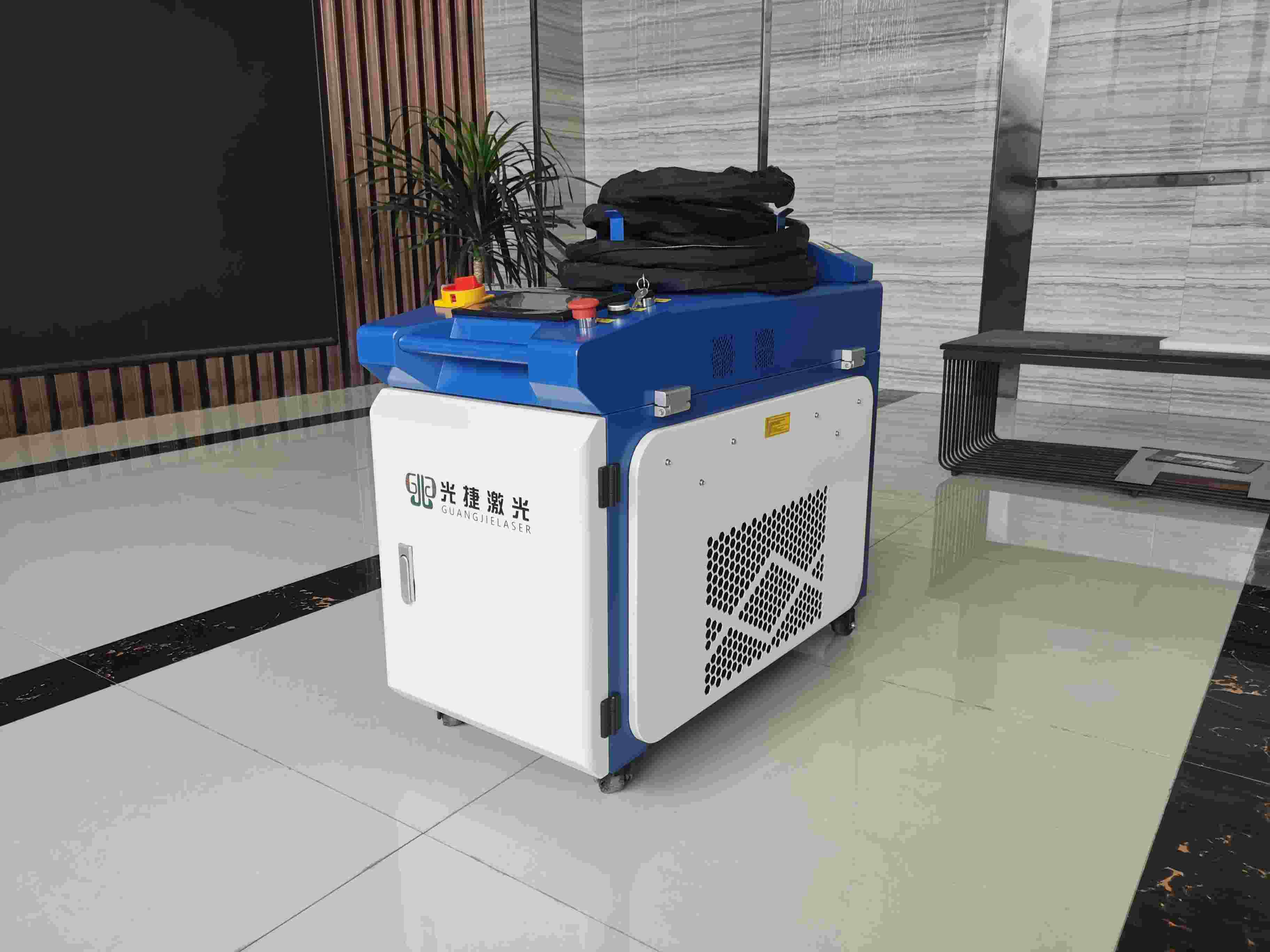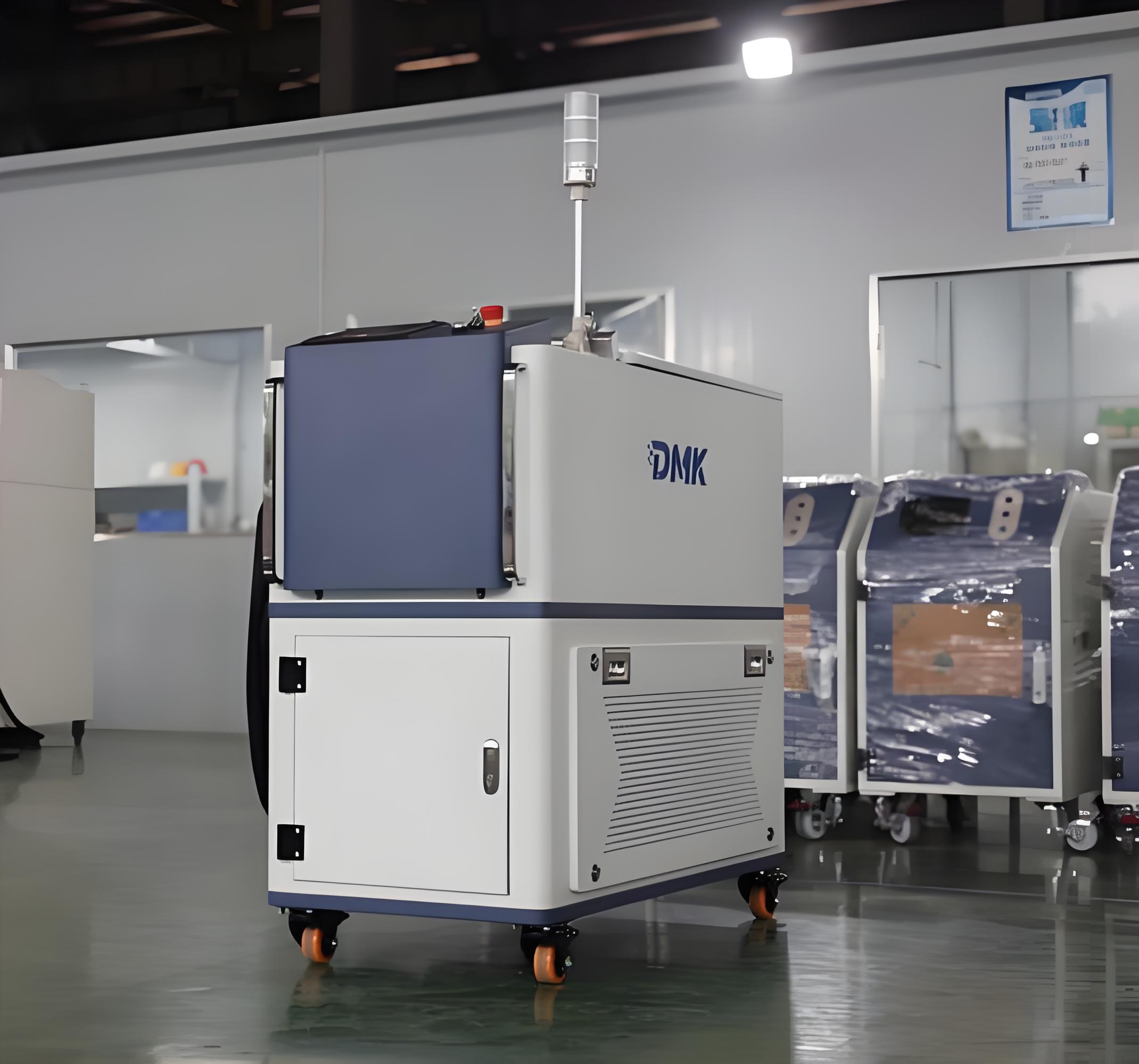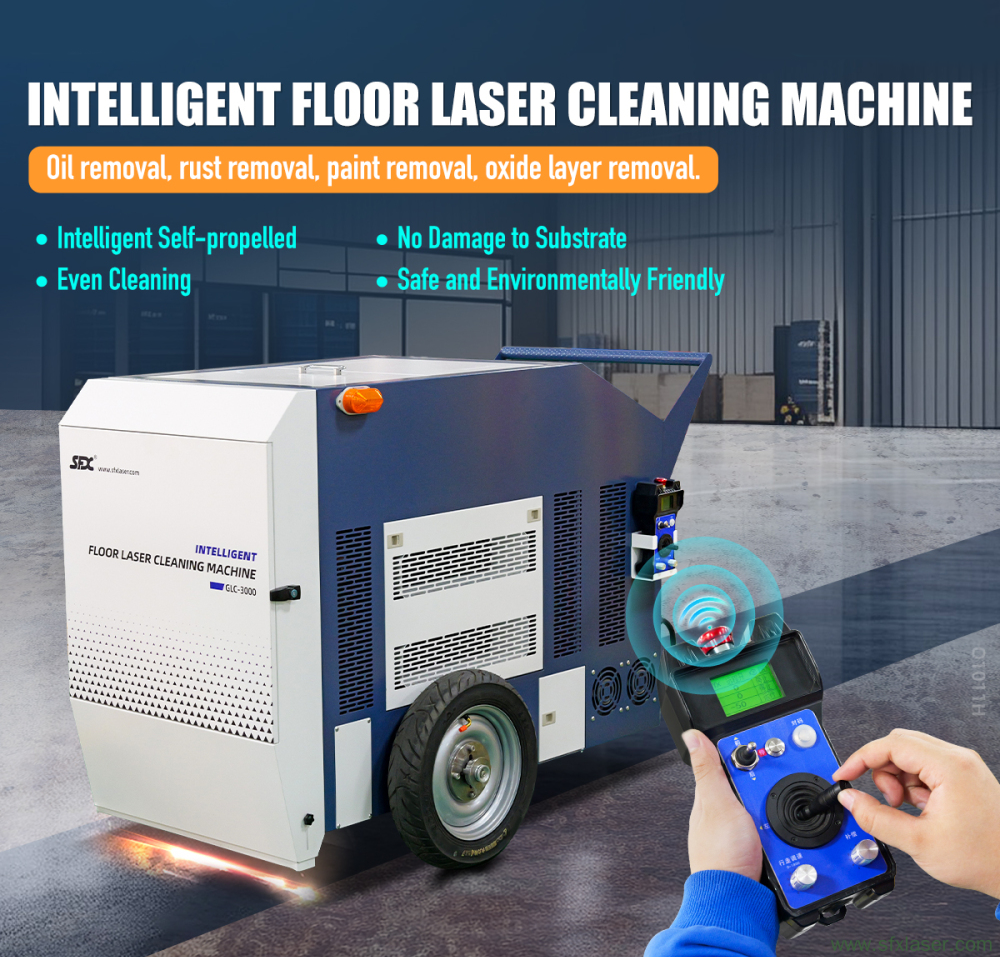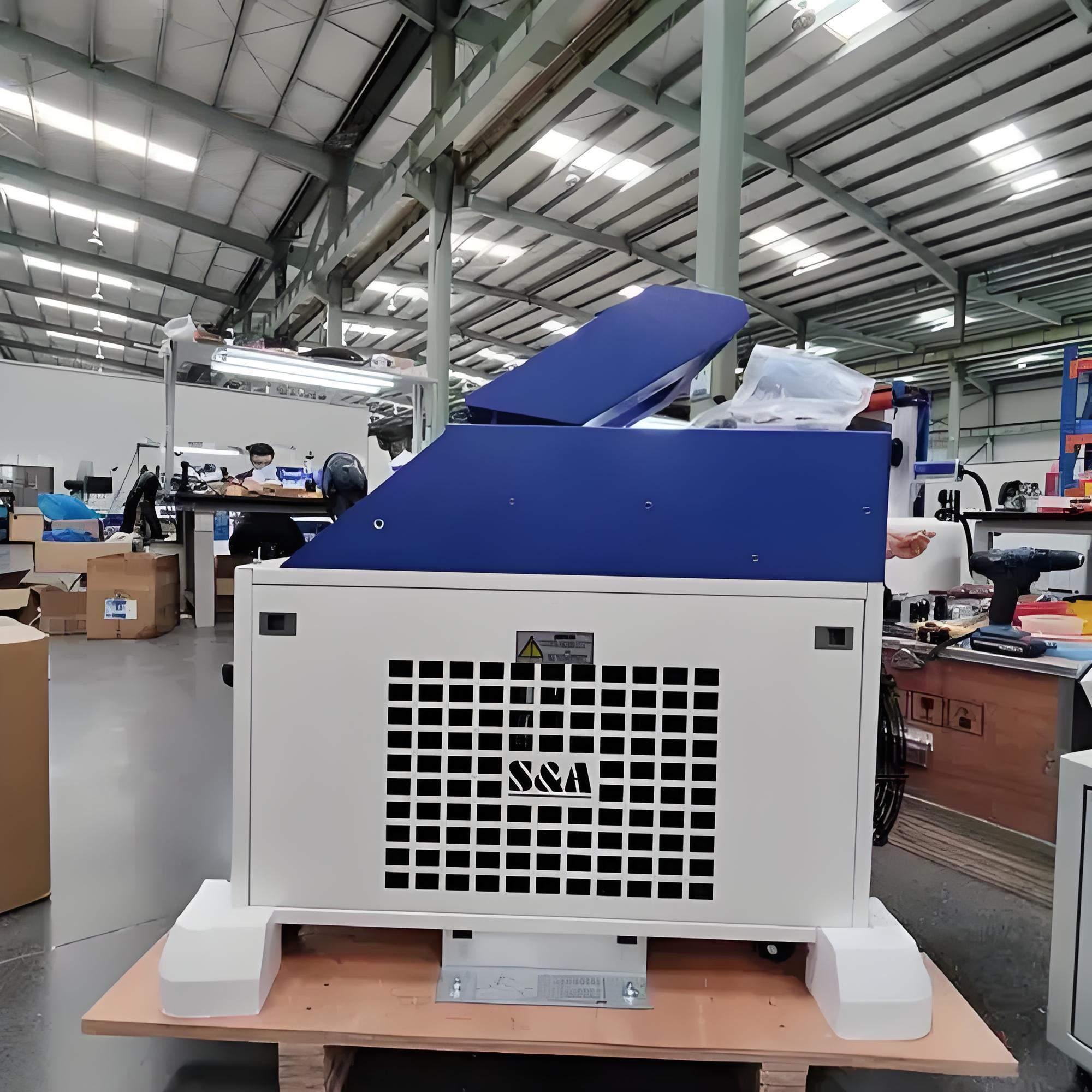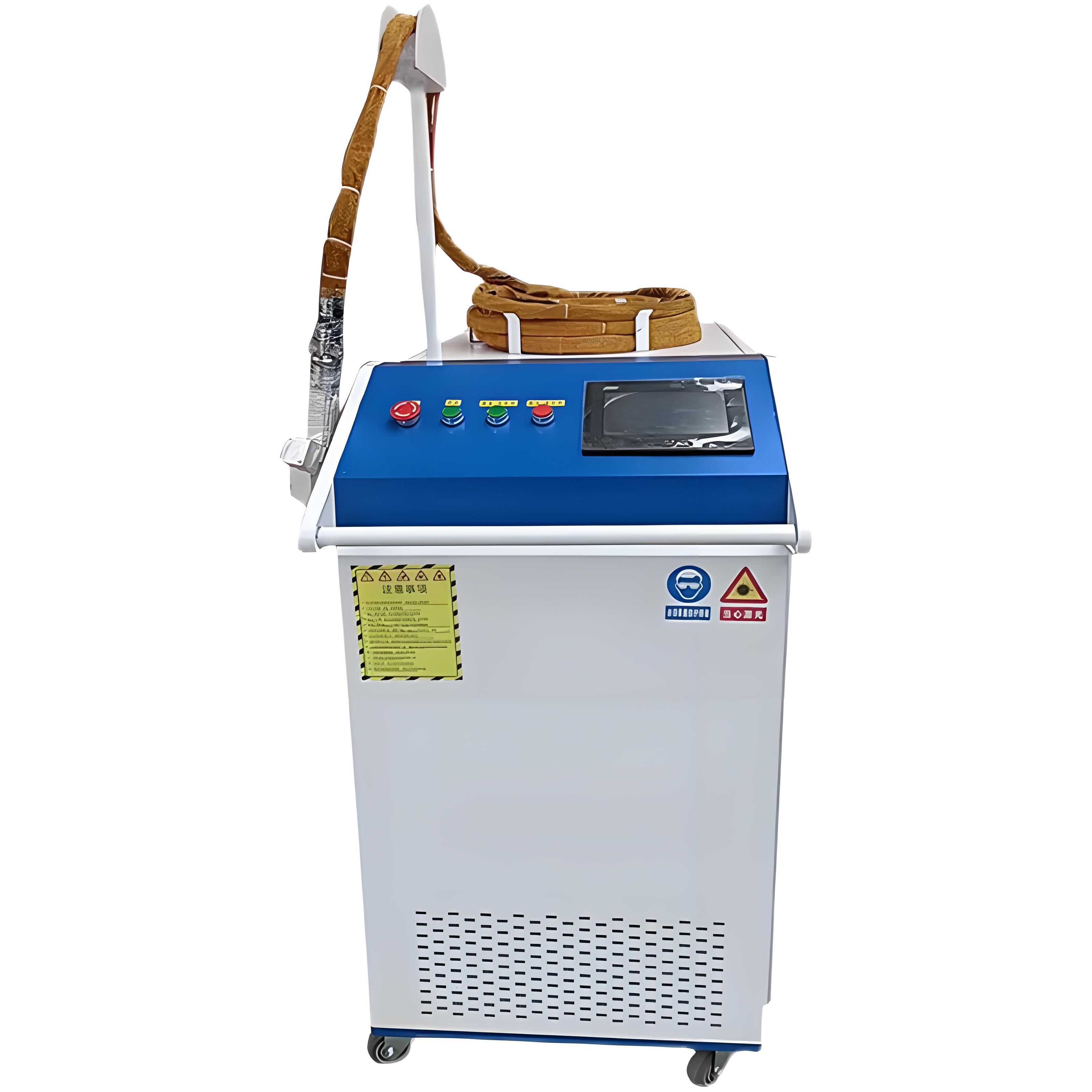Every 6-7 years, aircraft develop small-scale “peeling” on their surfaces, which affects flight safety and necessitates repainting. The repainting process, in simple terms, involves completely stripping the paint layer from the aircraft’s surface, smoothing it out, and then applying a new coat. The most crucial and time-consuming step in this process is paint removal. However, to date, chemical pickling, specifically using paint removers, remains the primary method in China. This approach is time-consuming, labor-intensive, poses safety risks to operators, and incurs high costs for waste liquid treatment. Failure to treat the waste liquid results in environmental pollution. With increasingly stringent environmental policies, this method faces elimination.
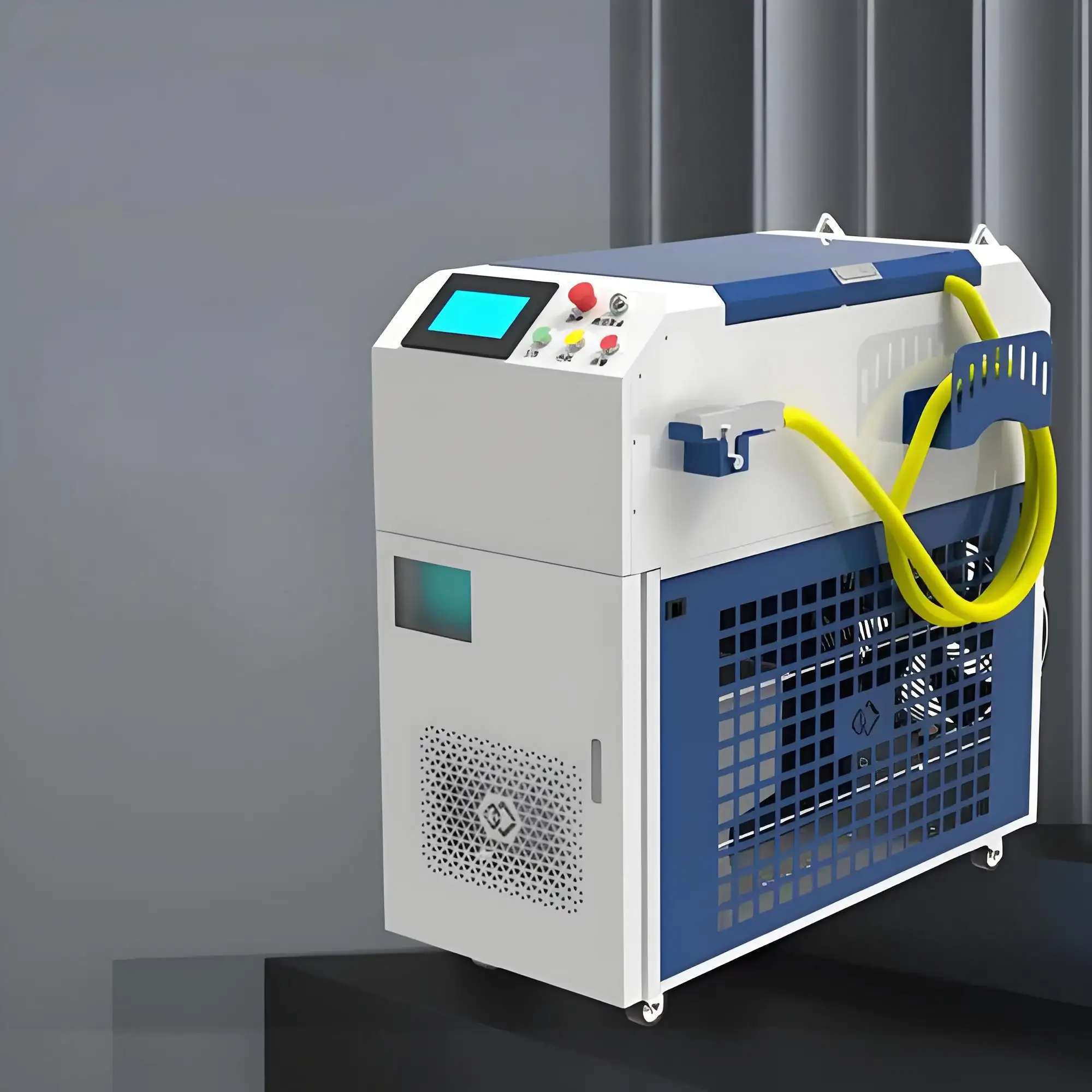
Research on aircraft paint removal using lasers dates back to the 1980s when American researcher Woodruff achieved successful experimental results. However, due to the exorbitant cost of laser paint removal equipment, commercialization did not materialize, and its use was limited to high-tech or price-insensitive fields. With the introduction of various lasers to the Chinese market in recent years, laser equipment prices have plummeted over the past two years, making laser paint removal cost-competitive. Nevertheless, there has been limited research on laser paint removal technology in China, with neither the government nor enterprises attaching significant importance to it.
The main advantages of laser paint removal include the following aspects:
1.High efficiency. Stripping paint from a Boeing 737 aircraft using paint removers takes approximately 10 days, whereas laser paint removal can complete the task within approximately 24 hours with sufficient personnel and equipment.
2.No damage to the aircraft’s base material. Aircraft are primarily made of two materials: aluminum alloy and carbon fiber-reinforced composite materials. Using paint removers inevitably affects the base material to some extent, primarily reflected in the adhesion between the paint and the substrate after repainting. The adhesion decreases with each subsequent repainting. In contrast, laser paint removal not only maintains adhesion but can also enhance it by “treating” the aircraft’s surface.
3.Economic viability. Based on current laser paint removal equipment, a machine costing 200,000 yuan can strip 15 square meters of paint per hour. Working continuously for 8 hours a day, it can handle a total of 120 square meters. With domestic paint removal prices around 60 yuan per square meter, the daily profit amounts to 120 * 60 = 7,200 yuan. The investment can be recouped in approximately one month, offering a highly attractive return on investment.
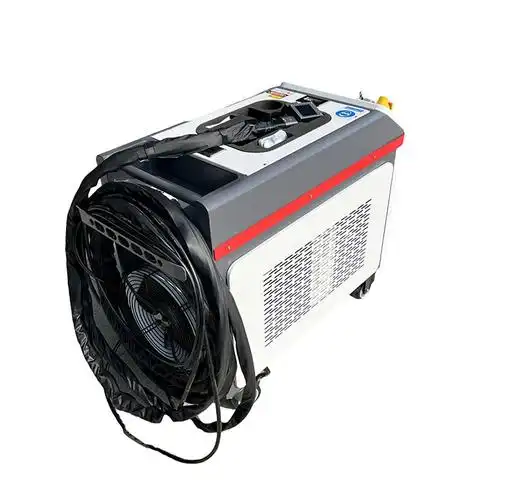
4.Environmental friendliness. Residues from laser paint removal can be recovered through a smoke recovery system, posing no pollution to the environment.
5.Automated operation. Lasers are easy to control and, when combined with industrial six-axis robots, enable automated operation. The cleaning is uniform, and the degree of cleanliness far exceeds that of manual handheld operations.
6.Spatial flexibility. Laser paint removal can be performed in enclosed workshops, open spaces, or even at airports.
Currently, on a global scale, all countries are essentially at the same starting point in terms of laser paint removal technology. China holds a unique advantage in this field, as it consistently produces goods at lower costs. This is also true for laser equipment. Assembling a laser paint removal system in the United States costs over one million yuan, whereas in China, it can be accomplished for one-fifth of that price. China possesses all the components necessary for laser paint removal equipment and can assemble the world’s most cost-effective laser paint removal machines. Therefore, developing the laser paint removal industry in China offers tremendous advantages, and China could even establish the world’s largest aircraft painting company to handle orders from around the globe.
The application of laser paint removal is not limited to aircraft; it can also be used for paint removal on ships, automobiles, bridges, furniture, artworks, and more, following the same principle. Therefore, I call on the country to attach importance to the field of laser paint removal, allocate relevant technical personnel, invest funds, and vigorously develop this sector. It is hoped that China can lead the world in this field.

